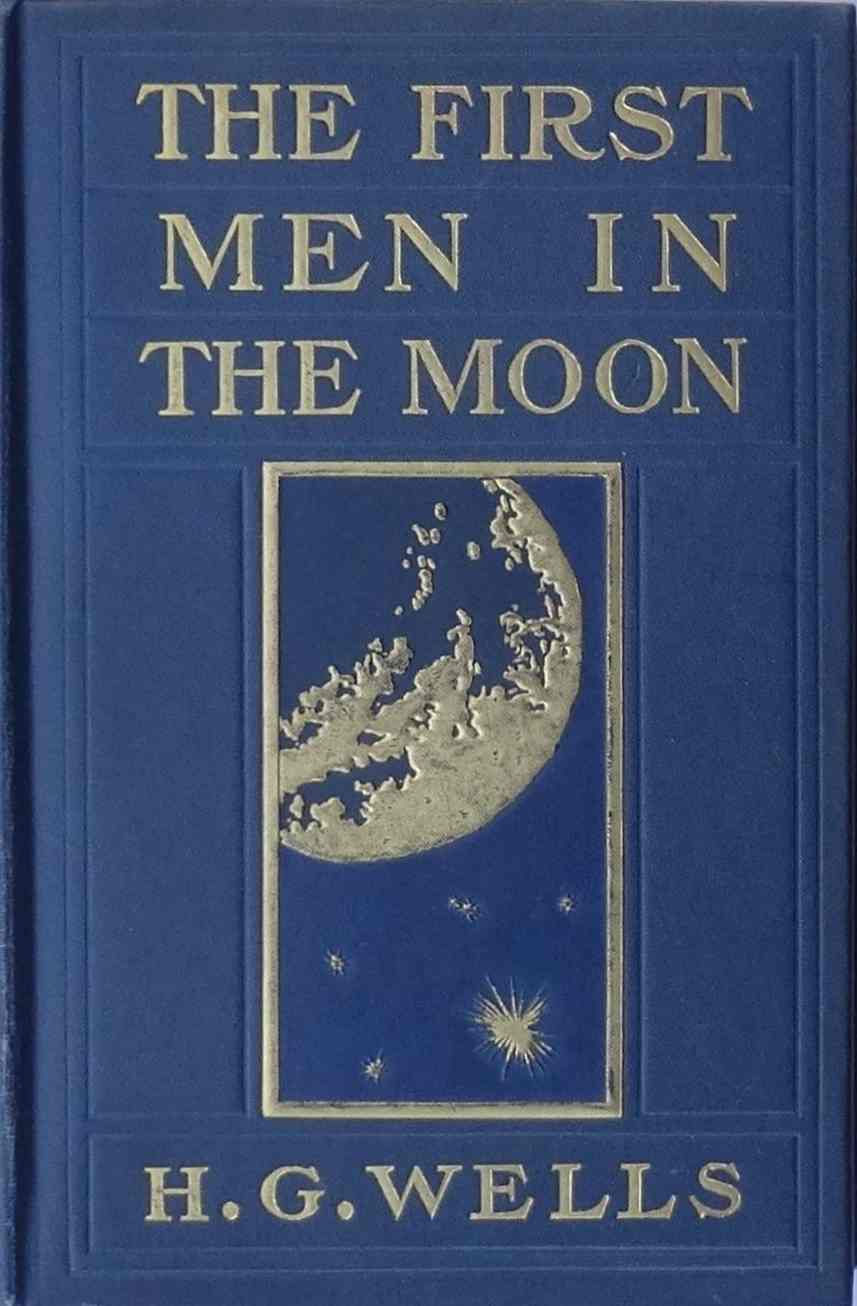H G Wells in Grasse
- Tom Richardson
- Nov 21, 2024
- 4 min read
Updated: Jul 30
It’s fairly well known locally that H.G. Wells, the great English author and pioneer of science fiction, lived in Grasse from 1924 to 1933. The house, Lou Pidou, which he had built here, isn’t too easy to find, but I was finally able to locate it the other day.

After the Great War, although the great days of the ‘English colony’ were over, British people continued to come to Grasse. Most fell into one of three categories – for their health, because their restricted incomes went further in southern France or because their household arrangements were, shall we say, unconventional by the standards of the time.

Wells certainly didn’t fall into either of the first two categories: although a smoker (of cigars) he seems to have actively looked after his health, and his income from writing and lecturing was substantial. But by the time he lived in Grasse, he was living apart from his second wife and had had a string of lovers.
His first destination in 1924 was in Magagnosc, but he had Lou Pidou built in 1927 at St Mathieu, in the valley of the Mourachonne stream. Today, it overlooks part of Lancôme’s Domaine de la Rose plantations. The name, which means ‘The Treasure’, is not uncommon in Provence. Its sign, which looks as if it dates from Wells’ time, points up an unmade road at the end of which Lou Pidou stands on a bluff above the valley bottom.

There’s an interesting interview translated from French here (for the full interview, you have to download the PDF) with his housekeeper, which describes something of his life at Lou Pidou. In the extract below, Félice Golette ('F.G.') talks about his cars. Lou Bastidou was where he lived while Le Pidou was being built.

I love the detail that he had a Citroen B12 delivered to him and that Andre Citroen himself came to the house. Voisin was another vehicle manufacturer, so Wells must have bought one of his cars as well.

Wells lived at Lou Pidou with his principal lover of the time, Odette Keun, and he had inscribed above the fireplace the words: “Two lovers built this house”.
But Odette was just one of Wells’ many lovers, the most famous being the novelist Rebecca West, with whom he had a child. He was an apostle of free love and he even described himself as a 'Don Juan among the intelligentsia'! During his first years in Grasse, he was married to his second wife, Catherine, who died in 1927.
Odette seems to have been a major reason for his sojourn in Grasse. Another writer, she successfully set her cap at him in 1924. Despite the ‘Two lovers….’ inscription, he described her in retrospect as a ‘thoroughly nasty and detestable person; vain, noisy and weakly outrageous’ and a ‘prostitute-housekeeper’ in a piece published only well after his death.
During their time together, Odette never accompanied him when he went to England, but later she lived in London, Torquay and Worthing. There’s a short article about her and her relationship with Wells here.
When he moved to Grasse, Wells was a rich and successful writer, but the books for which he is best known today were well behind him.

The science fiction works which originally made him famous (The War of the Worlds, The First Men in the Moon, The Time Machine, The Invisible Man, etc.) were written in the 1890s, and his successful social novels, Kipps and The History of Mr Polly, in 1905 and 1910. He had published what was probably his best-selling book during his lifetime, An Outline of History, in 1920, and a linked work, A Short History of the World, in 1922.
By the age of 58 in 1924, as with most of us his creative period was in truth really over, but he could afford to indulge in writing books which explained his progressive vision of how the world should be organised. While in Grasse, his works included The Science of Life (1929) and The Work, Wealth and Happiness of Mankind (1932), although he did write novels as well.
Seemingly the best regarded by Wellsians is Meanwhile (1927), set in an Italian villa and garden which is itself based upon the famous Villa Hanbury, close by Ventimiglia.

It’s not entirely clear how much of his time was spent in Grasse, but it certainly seems he spent the winters here and that he regarded it as somewhere he could write in peace. Even so, he was visited in Grasse by rich and famous friends, including Aldous Huxley (with whom he shared philosophical, political and intellectual tastes), Arnold Bennett (also a writer famous for his novels on social themes) and Charlie Chaplin (I’m not sure what they had in common, although Chaplin’s politics were certainly liberal).

There is a snapshot of Wells and Chaplin together at Lou Pidou in about 1930, with the actress and Chaplin's then partner Pauline Goddard (on the right) and, one presumes, Odette Keun, on the left. The 'little tramp' it's not!
In the same year, Wells took an apartment in Baker Street in London (47 Chiltern Court, where there’s a brown plaque placed by the HG Wells Society). By then his main lover was Moura Budberg, who may have been a Russian spy and with whom he was probably involved throughout his years at Le Pidou.
Wells left Odette Keun (acrimoniously), Grasse and Lou Pidou in 1933.


Comments